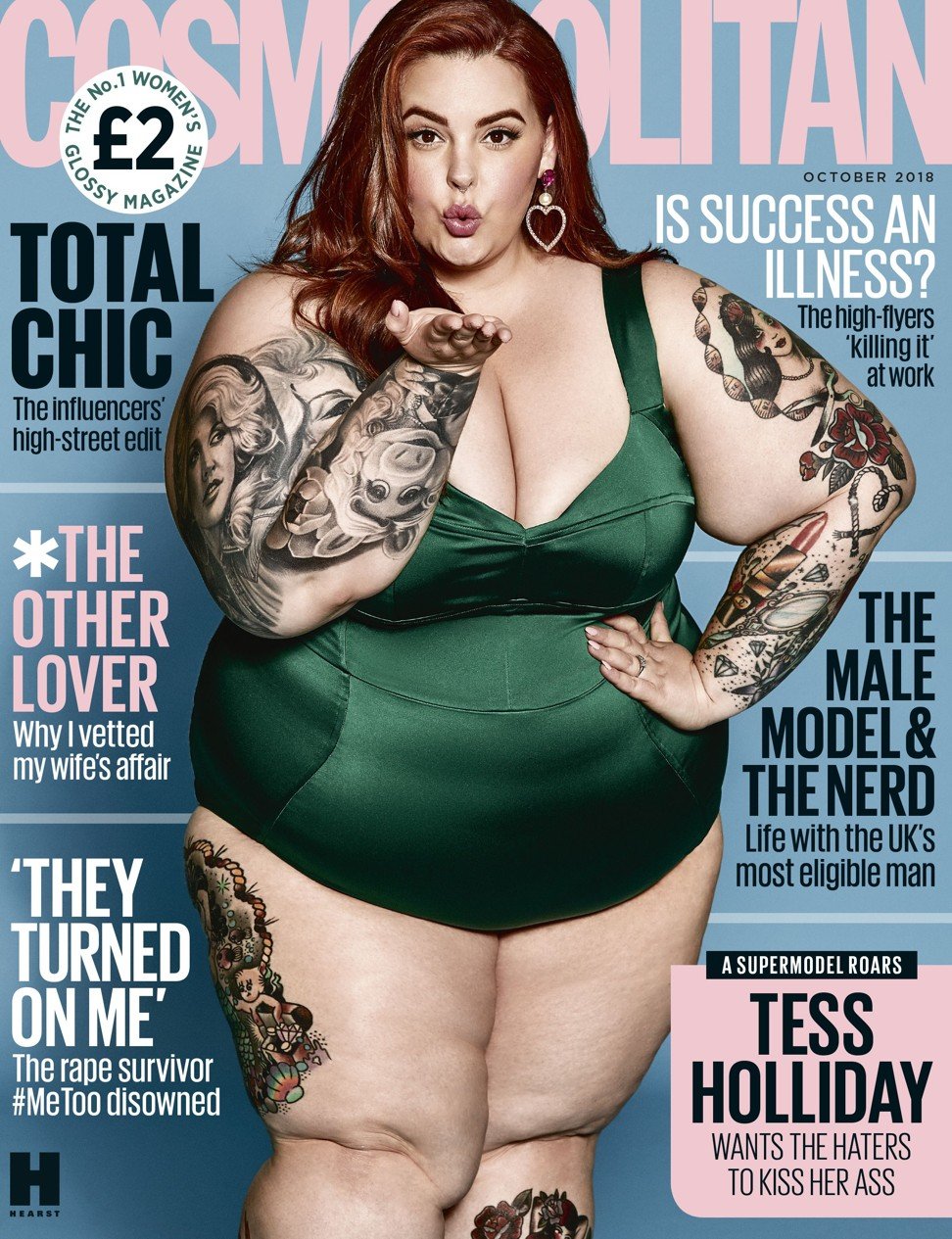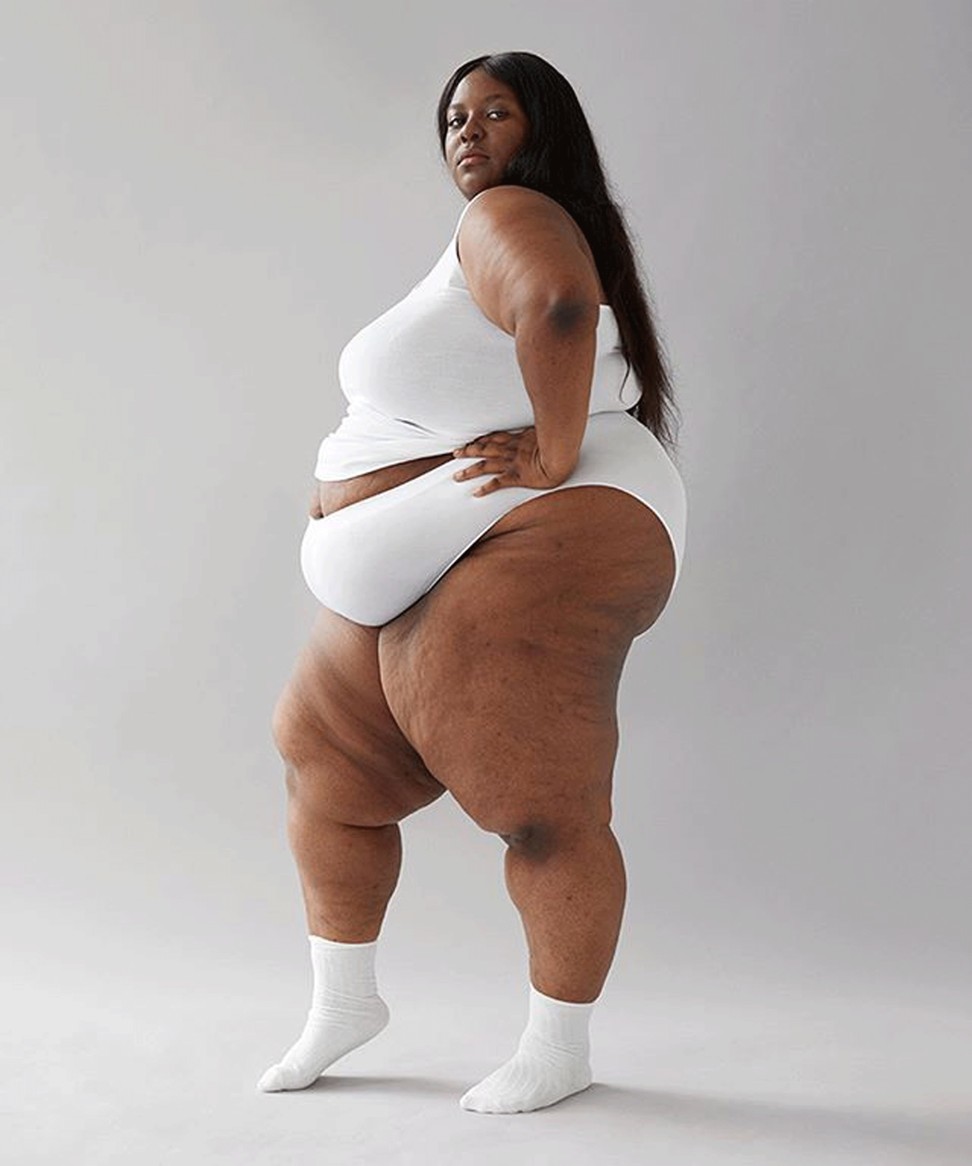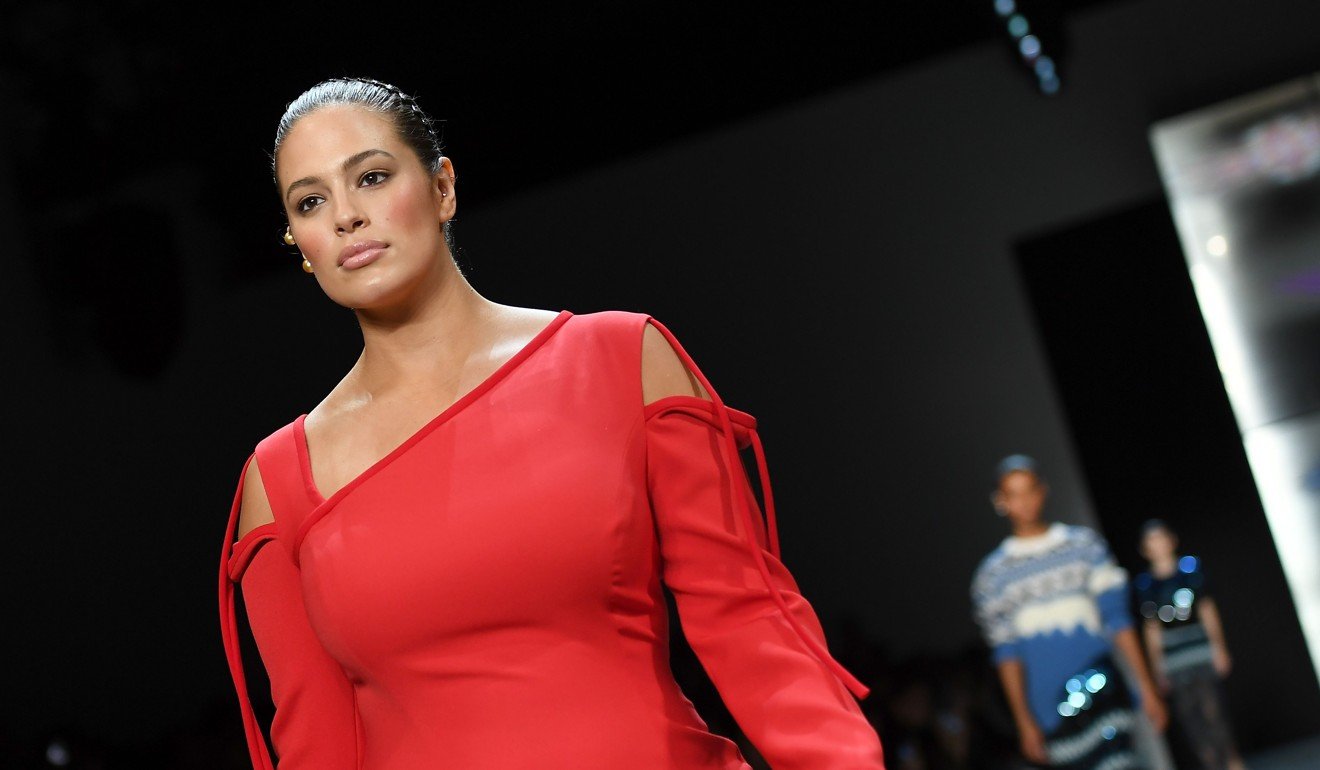
How plus-size models are challenging the shape of the fashion industry
After InStyle is accused of covering up curvy comedian Melissa McCarthy on its cover, and Cosmopolitan magazine is slammed for ‘normalising’ obesity, there is still a long way to go before plus-size women are recognised and represented by the industry
“The Badass Women Issue” reads the cover line of the February 2019 United States news-stand edition of InStyle, over an image of Melissa McCarthy.
“It’s a good time to be Melissa McCarthy,” writes editor-in-chief Laura Brown, referencing the American comedian’s recent Academy Award, Golden Globe and Screen Actors Guild best actress nominations for her first dramatic role in “Can You Ever Forgive Me?”
‘She wants to look good in a size 2, not a 20’: plus-size in China
The Q&A goes on to McCarthy’s humiliation at the hands of journalists, with one interviewer allegedly having asked, “Are you shocked that you actually work in this business at your tremendous size?”
In almost every photo of the InStyle shoot, McCarthy is covered from neck-to-ankle, wearing pieces from Brandon Maxwell, plus-size e-tailer Eloquii and Marc Jacobs’ spring 2019 collection, which featured a series of supersized sack dresses with ruffled collars.
The Jacobs pieces, which looked clown-like on his thin models, overwhelm McCarthy – a point that’s not gone unnoticed.
“In both [news-stand and subscriber] covers [the stylist] dressed up Melissa as a life size, frosting laden cupcake,” writes “Ellastica”, in a post on web community The Fashion Spot.
Last June, Vogue Australia’s “Fearless” cover showed plus-sized Rebel Wilson in a black ball gown and coat, which saw the magazine accused of covering the Australian actor up and even Photoshopping the image – a claim flatly denied by Wilson.
But the question needs to be asked: for magazine issues that claim to be celebrations of Hollywood change-makers, why go to so much effort to hide your cover stars’ bodies?

Compare these with British Cosmopolitan’s October cover starring American US size-22 model Tess Holliday in nothing but a sexy green bathing suit. Although applauded by many, the image was widely slammed for “normalising” obesity.
A month later, The Washington Post fashion commentator Robin Givhan reprimanded the industry over the “message” it is sending plus-size women, in response to an image of US size-24 model La’Shaunae Steward in white underwear from Universal Standard used to promote the American brand’s new size 00-40 “Foundation” line of basics.
“One wonders how long fearless plus-size women must stare defiantly into an unkind camera in nothing but their underwear before they are fully recognised and represented?” asked Givhan.

Spring 2019 was the most racially diverse fashion month on record, with 36.1 per cent of runway castings going to models of colour. But the needle looks to have barely moved in fashion if you’re on the wrong side of a size 10.

“I have the platform to show the world what it’s like to be a plus-size model at size 24,” Steward recently told The Huffington Post, admitting that although she was initially “terrified” of the Foundation campaign shoot, she now feels empowered by the experience.
“I have to do this” she added. “I shouldn’t be scared to show the world what it’s like.”
That’s badass.

